As a biologist in northern Idaho, it’s not unusual for me to get calls about cool wildlife. Every now and then grizzly bears show up at the Boundary Creek Wildlife Management Area, a few miles north of The Nature Conservancy’s Ball Creek Ranch. A number of other charismatic megafauna species – lynx, fisher, wolf, wolverine – make their living in the area too.
These are the biological showstoppers. But many other species are out of sight and out of mind. Like jumping slugs.
Yes, jumping slugs. These animals are found only in the Pacific Northwest, and a new species was recently found near my home. While they are not grizzly bears, they are fascinating creatures in their own right. Let’s take a look.
Maligned Mollusks?
Mollusks often don’t generate much positive attention. Mollusca is the second-largest phylum of invertebrate animals (the largest, Arthropoda, includes insects, arachnids and crustaceans, among others). This huge group of invertebrates includes snails, slugs, mussels, and octopuses. Ok, octopuses are cool and are currently attracting a lot of popular attention. Mussels, well, people like to eat them, so they get a fair amount of attention too. Snails and slugs? Not so much. If people think about slugs at all, it is not going to be positive.
I personally like the little critters and find them interesting. They have a hydrostatic skeleton and move using hydrostatic pulses. Think of one of those long balloons filled with water and surrounded by muscles.
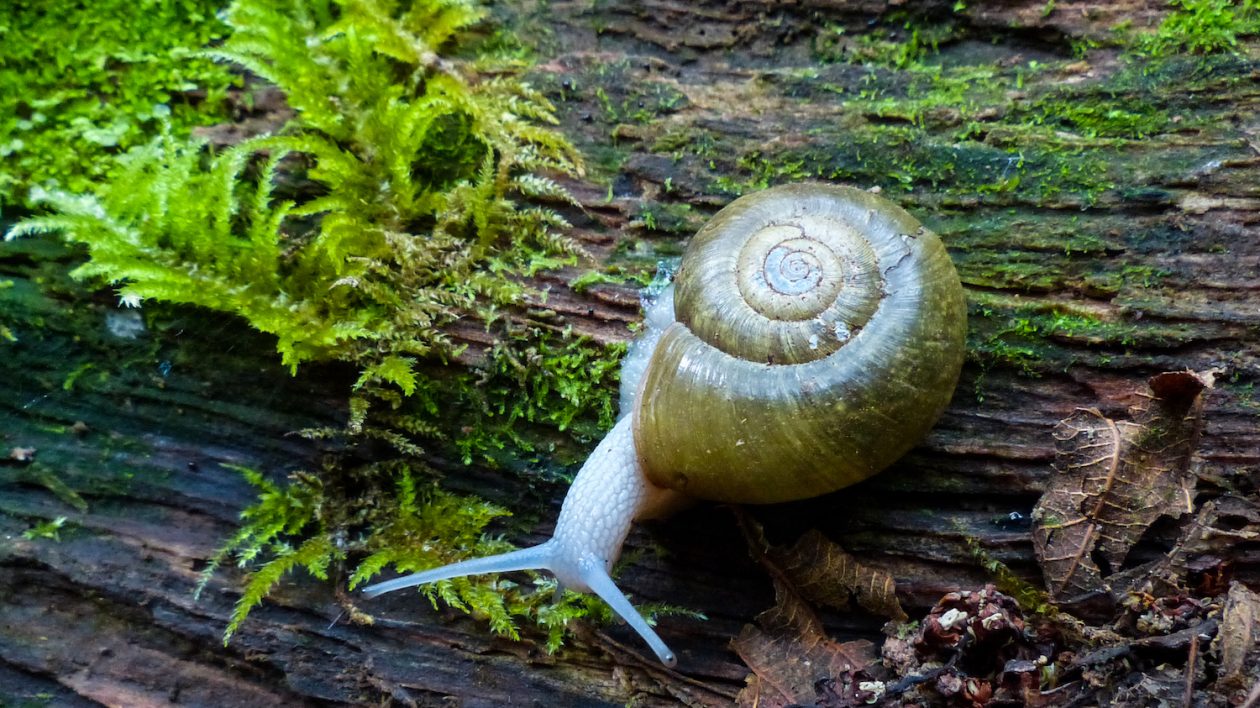
Water pressure supports the flexible skeleton and, along with the muscle movement, allows the slugs (and other invertebrates) to change shape and produce movement. Feelers on their head take in the world around them.
I don’t get agitated when I find them in my backyard. If they are chomping on some of my garden plants that I would prefer they not chomp on, I just move them. Sure, their slime is a little gooey, but it helps them maintain their fluid levels when it gets dry, which may be even more important as our climate warms up and dries out.
Slime helps them cling to surfaces and can be used to repel to the ground when necessary. It is also how they find mates. Some are detritivores that eat dead plant material, which helps to keep the detritus on the ground in check.
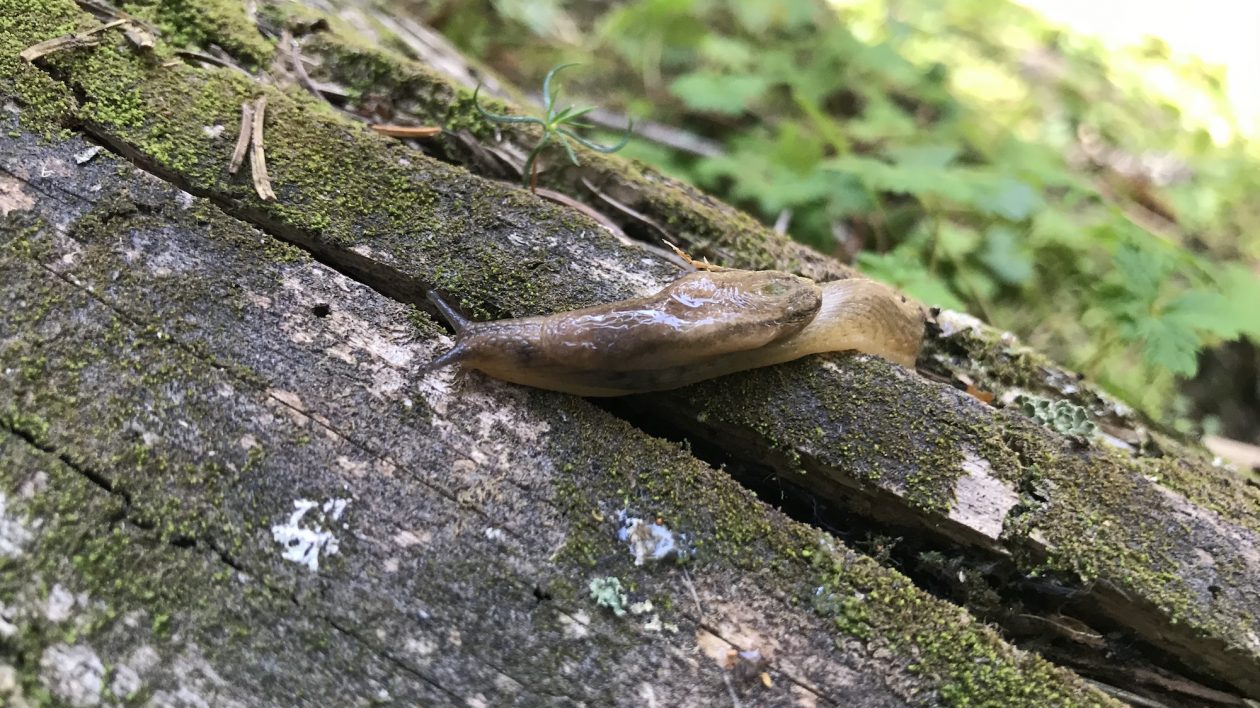
Meet the Jumping Slugs
Jumping slugs, members of the genus Hemphillia, have another special talent in addition to their repelling prowess. Most people have never heard of these camouflaged creatures and even though these tiny mollusks have a certain charismatic panache, they are rarely noticed by outdoor enthusiasts.
Jumpers are distinguished from other northwestern slugs by the pronounced hump on their back. Unlike the hump on a grizzly’s back, which is muscle and fur, a jumping-slug’s hump houses their organs and has a vestigial shell.
The vestigial shell isn’t a complete shell, it’s more of a hard top that covers the hump (mantle) and peeks through the skin. If you tap on it, it sounds like you’re tapping on a shell. Slugs are snails that divested themselves of their shell; jumping slugs are in between the two. And yes, they do jump. Well, sort-of. It’s more of a squirming breakdance than hopping up and down.
Experts believe it is a defensive mechanism.
Another jumping slug distinction is that they are found only in the Pacific Northwest. Four are found along the coastal areas of Washington and Oregon, and two in the Inland Northwest of Idaho, Montana, Washington and British Columbia.
Two, that is, until a third little beauty was discovered a few years ago during a massive survey in the Inland Northwest.
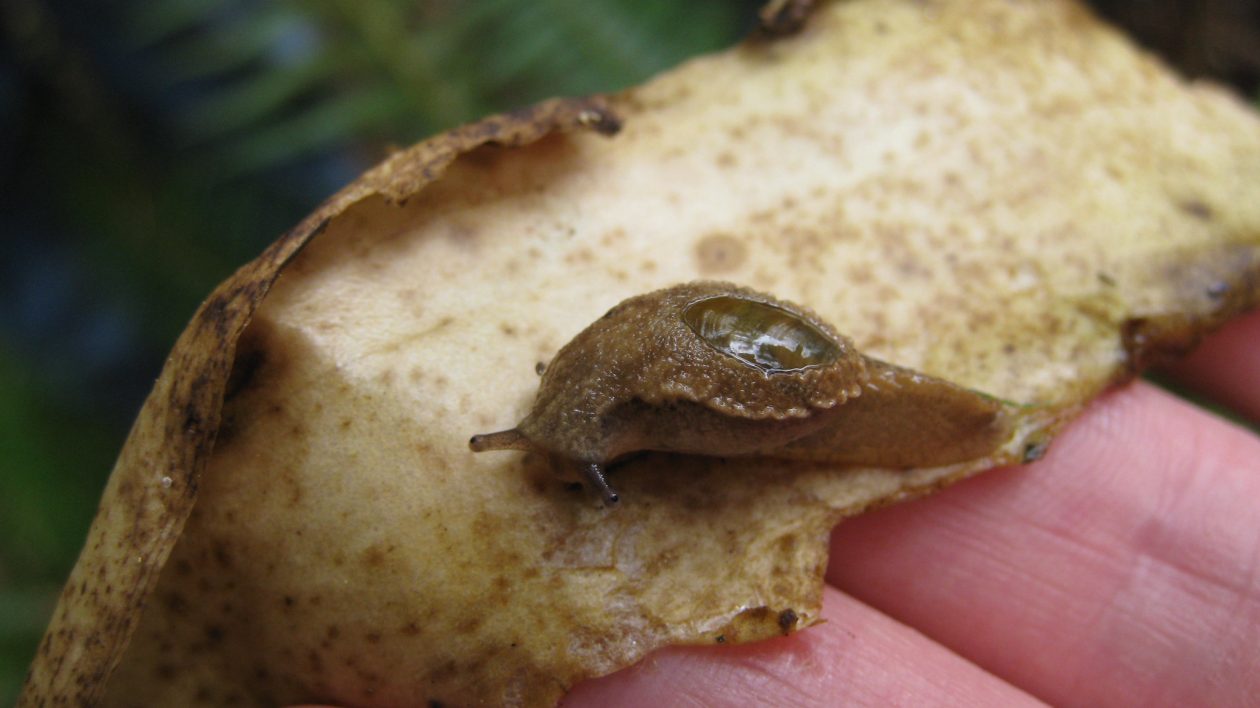
Slug Quest
From 2010 to 2014, Michael Lucid a non-game researcher with Idaho Department of Fish and Game (now at Selkirk Wildlife Science) with a large team of collaborators conducted an extensive survey for terrestrial gastropods across several mountain ranges (Selkirk, Purcell, West Cabinet, Coeur d’Alene, and Saint Joe) in northern Idaho, northeastern Washington, and northwestern Montana as part of the Multi-species Baseline Initiative (MBI), a collaborative of organizations that monitor wildlife and microclimate across the Idaho Panhandle and adjoining mountain ranges.
Gastropods were included in the MBI survey because they were thought to be very rare; however, no thorough surveys had been conducted to support that opinion.
The pale jumping slug (Hemphillia camelus) was known to occur in the study area and the marbled jumping slug (Hemphillia danielsi) was known to occur adjacent to and suspected to occur within the study area, so they were included in the MBI survey to determine which species were rare and which were common.
Each 5×5 km (about 3×3 miles) survey grid cell had a combination of several common survey techniques – cover board traps baited with beer or water, leaf litter sorting, and visual searching. And, in case you are wondering, the beer worked better at attracting a greater number of slugs than the water. The 8,888 square-mile study area had 991 survey sites distributed across the mountainous, heavily forested landscape. Most of the survey sites were dominated by coniferous trees. Each site was checked twice about two weeks apart.
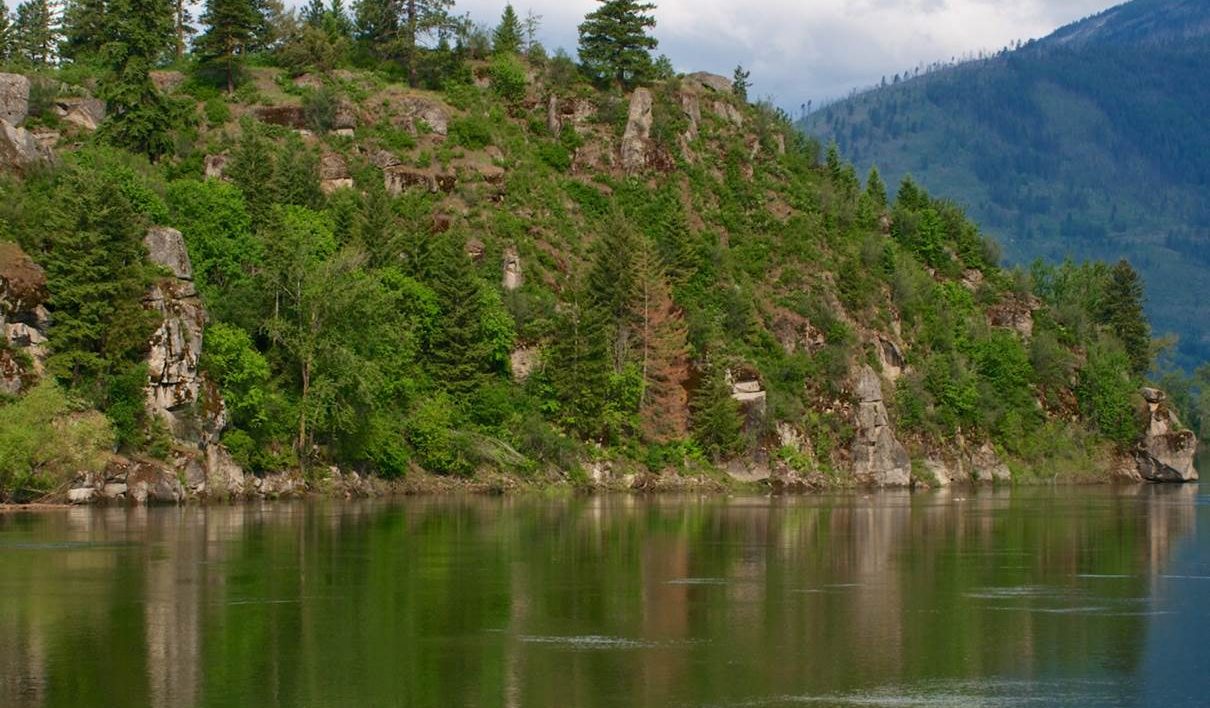
Cryptic Critters
To the human eye some slug species are physically indistinguishable from one another and are referred to as ‘cryptic’ species; therefore, some of the collected samples were sent to a genetics lab for identification.
Accurate species identification required DNA and morphological analysis. When the results came back Lucid realized he had found an undescribed species (a species not known to science).
Morphological (divergence in genital shape) and molecular analyses showed what was previously considered one species was actually two distinct species.
The results revealed that Lucid’s survey had discovered an undocumented jumping slug, which looked just like its closest relative the pale jumping slug, that had been quietly making a living in the cold niches, cracks and crevasses of the forest.
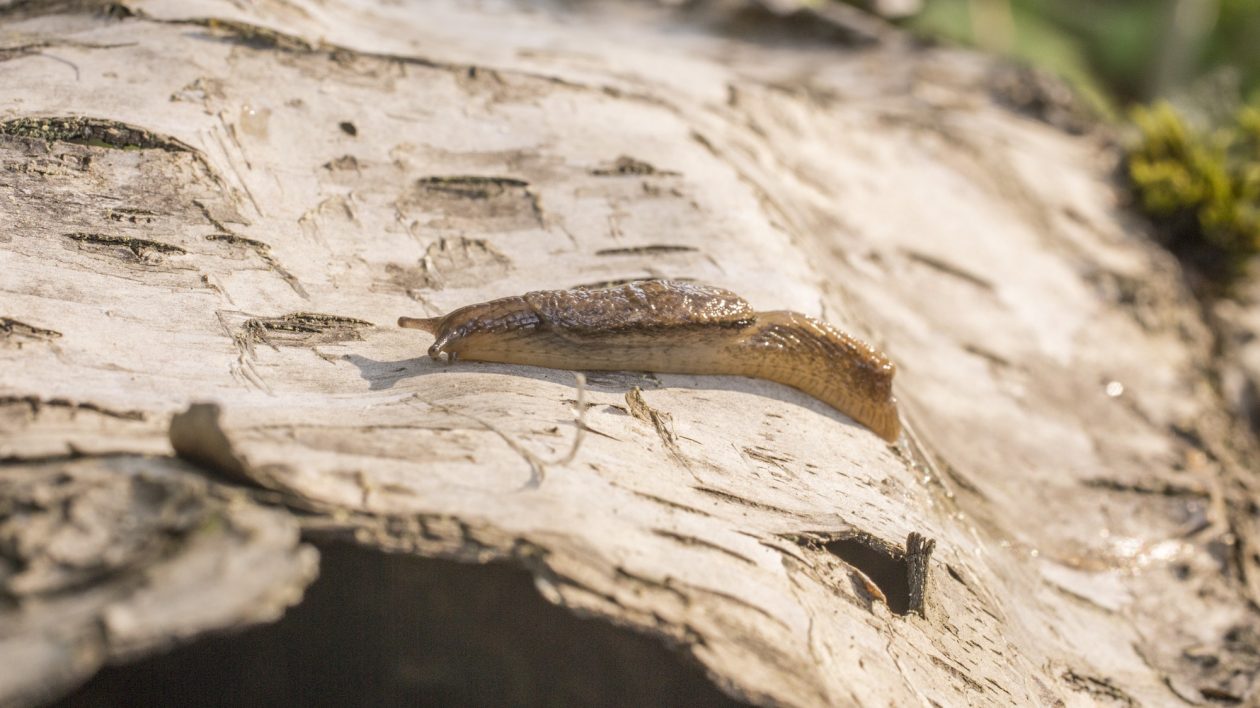
Both species were found under logs or rocks in forested areas and occasionally on the surface of the forest floor, particularly during rain events. The survey also found both species retreating to moist refuges, such as sections of decomposing logs, when conditions started warming and drying out.
The pale jumper was the only species found in the West Cabinet and Coeur d’Alene Mountains and the “new jumper” was the only species found in the Purcell Mountains. In the St. Joe Mountains, the new jumper was detected in one cell in the northern part of the range, while all other detections were the pale jumping slug. Both species were detected in the Selkirk Mountains, which back up against TNC’s Ball Creek Ranch. The marbled jumping-slug was not detected in the study area.
Because it was a previously unknown species, Lucid had naming rights to the new jumper. He, along with his wife, biologist Lacy Robinson named the new jumper – Hemphillia skadei or Skade’s Slug – after their daughter Skade. Skadei (Skadi or Skade in English) is the Norse goddess of winter, bow-hunting, and skiing; a fitting name for a unique creature that favors the coolest spots in the mountains.
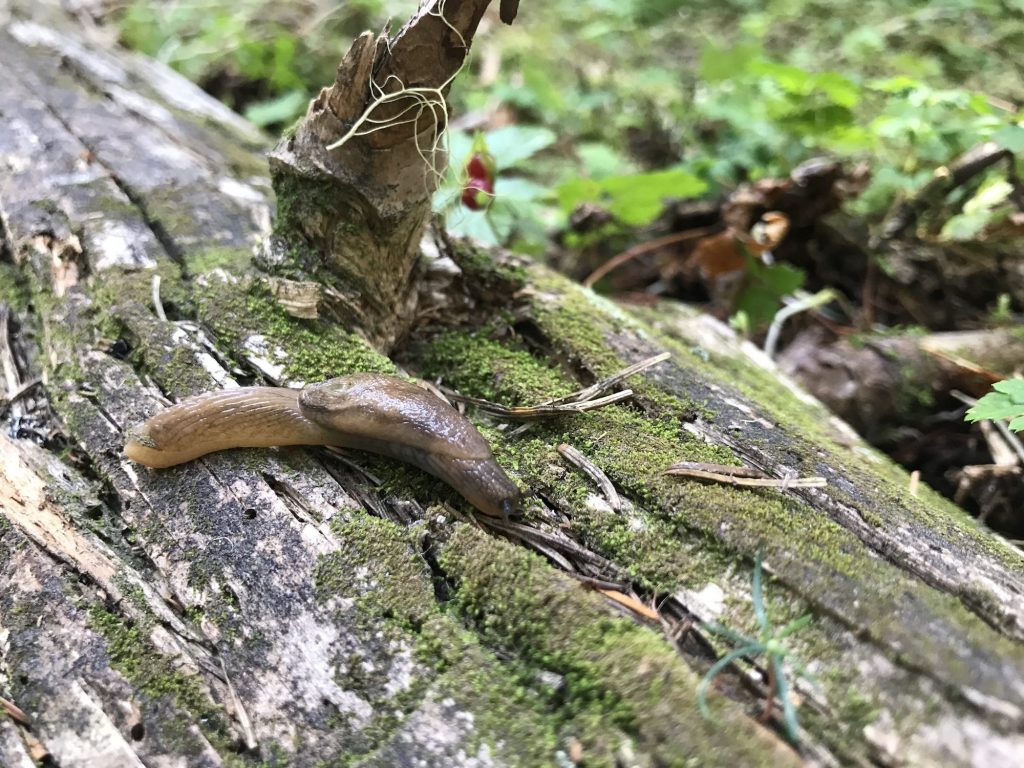



Thanks for your comment, Jeff Ryder
I am not familiar with the Monroe, WA area, so can’t say whether or not slugs are less abundant in your area. Your local wildlife agency or one of the WA colleges/universities may have an answer for you.
Very interesting and well written! Slugs are certainly overlooked but impirtant. I learned a new word! Detrivore!
I’ve lived 5 miles north of Monroe, WA since 1999. We’ve always had LOTS of slugs on the property. I’ve noticed over the past couple years that our slugs have largely vanished. Am I right in observing that the slugs are not as numerous?
Really cool article. I saw slugs there but do not remember specifics so no clue if it was a jumper :-). I have always been a bit bird centric 🙂
Never did run into a Grizzly there. Closest I got was hiking down a trail near the Anheuser-Busch hops farm and when I came back down the trail there were fresh Grizzly tracks that followed my tracks a ways before heading off to the North.
Thank you for commenting Christine Muldoon – Yes, all of the species mentioned are native to the Pacific Northwest.
This is a wonderful article that gave me a whole new understanding of and appreciation for slugs.
WOW! The word “jumping” jumped out at me. Here in the Midwest we’re hearing about jumping worms, which are from Asia and look to be the next major ecological crisis here. Your nice article about the jumping slugs — I rather like slugs, too — assured me that the jumping slugs will not pose a threat. Has it been determined if all the species mentioned are native to the area?